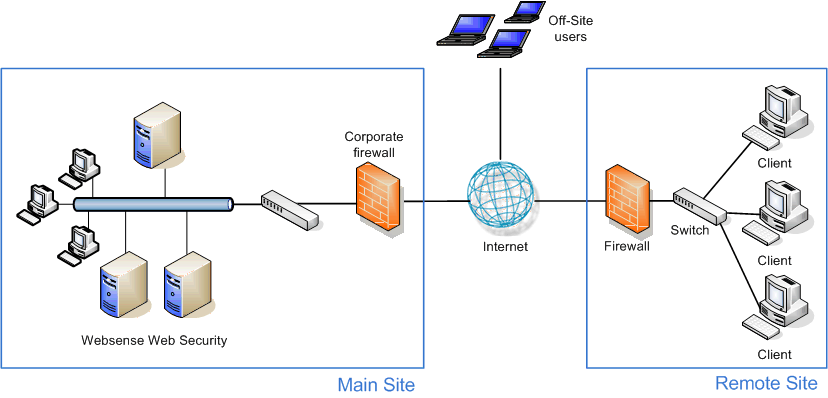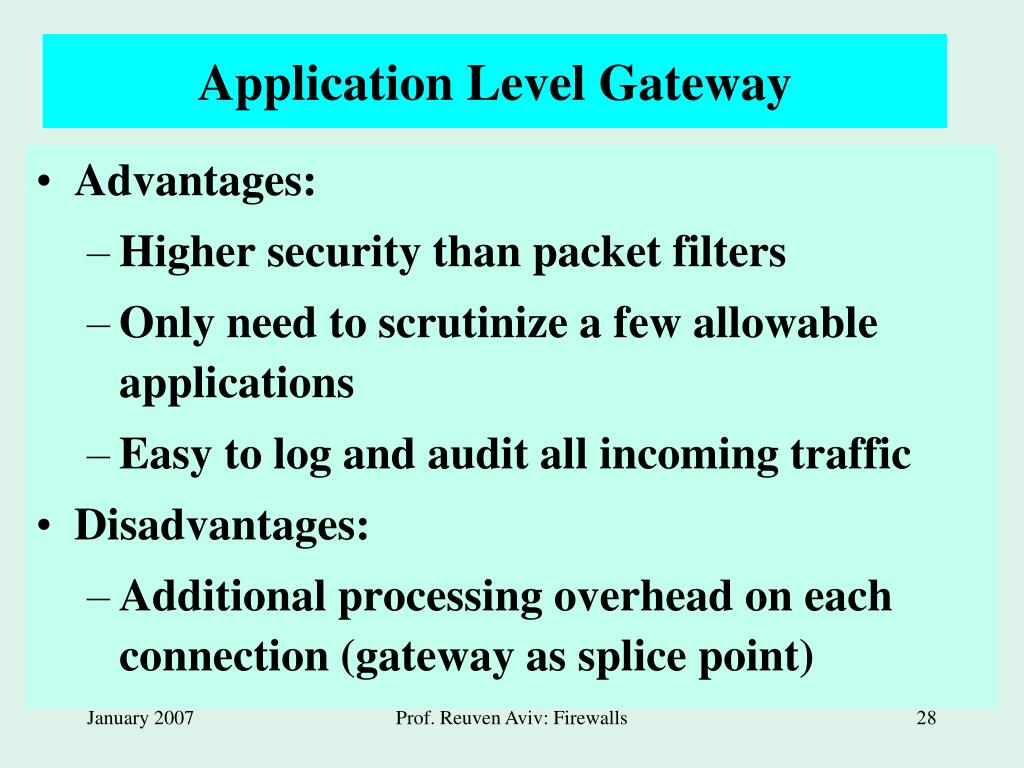

If you're using a Custom or Private DNS zone, the domain name should be internally resolvable to the private IP address of the Application Gateway. Internal application gateways use only private IP addresses. As a result, internet-facing application gateways can route client requests from the internet.

The DNS name of an internet-facing application gateway is publicly resolvable to its public IP address. An internet-facing application gateway uses public IP addresses. If it's in Detection mode, the request is evaluated and logged, but still forwarded to the backend server.Īzure Application Gateway can be used as an internal application load balancer or as an internet-facing application load balancer. If the request isn't valid and WAF is in Prevention mode, it's blocked as a security threat. If the request is valid, it's routed to the backend. This action determines if the request is valid request or a security threat. If a web application firewall (WAF) is in use, the application gateway checks the request headers and the body, if present, against WAF rules. It's configured with a frontend IP address, protocol, and port number for connections from clients to the application gateway. A listener is a logical entity that checks for connection requests. The application gateway accepts incoming traffic on one or more listeners. The Azure DNS returns the IP address to the client, which is the frontend IP address of the application gateway. Azure controls the DNS entry because all application gateways are in the domain. How an application gateway accepts a requestīefore a client sends a request to an application gateway, it resolves the domain name of the application gateway by using a Domain Name System (DNS) server. This article explains how an application gateway accepts incoming requests and routes them to the backend.


 0 kommentar(er)
0 kommentar(er)
